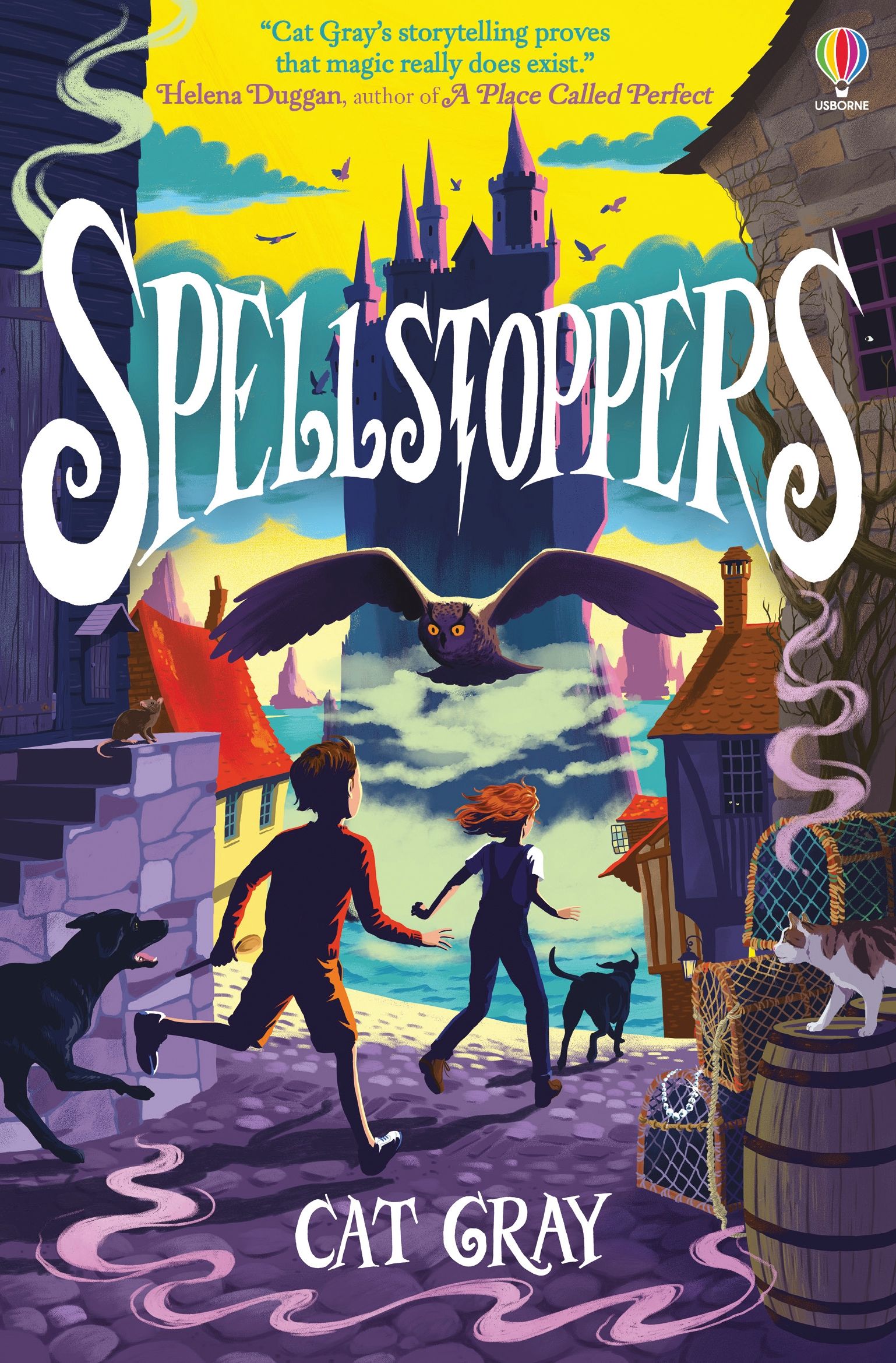Debut children's author Cat Gray offers five tips on how to add a sprinkle of sorcery to your story.

Thinking of writing a magical story? Congratulations! This genre is one of the most entertaining to explore and the possibilities are limited only by your imagination. My debut children’s novel, Spellstoppers, is a magical middle-grade adventure and it was so much fun inventing a magical world that could coexist alongside our everyday one. If you’d like to create your own story with magic in it, here are some things to consider that might help you on your way:
- Decide the parameters of your world
Is it going to be ‘high fantasy’ – i.e. set in a completely different world to this one? Or is it going to be set in our world, but in a different time, or an imagined place? Or perhaps you’d like to set it in the present day and a real place but add supernatural flourishes, which is often described as magical realism. For me, I loved the idea of a magical world that could exist alongside our own, which is why my books have contemporary settings, but feature children who find their way into magical adventures.
- How is magic going to be used?
It’s tempting to fling whatever you like into the story – you’re writing fiction, after all – but it’s unlikely that this approach will endear you to readers. If people are going to make the effort to read your book, it’s important to think carefully about how the magical elements are going to affect the world you are creating. Even though it is fiction, it has to make sense and be consistent. If someone can fly or cast a spell in one scene but can’t in another, that will frustrate the reader.
- Add something unique
It’s fair to say that magic is a very popular theme in fiction – especially if you’re writing children’s books or fantasy. But don’t just borrow from existing books or films, try to create something new and different. This doesn’t need to be hugely radical – it might be as simple as looking at something from a different perspective. For example, the unique angle in Spellstoppers is that Max, the main character, has the ability to destroy or drain magic, whereas most stories in this genre focus on a main character who discovers that they have magical powers. It was fun to reverse this traditional plotline, and it brought something new to the book.
- Think about the characters
It can be so tempting to get carried away with creating the world itself and forget to fully flesh out the characters, but they will always be the most important part of any story. How will the magical aspect affect them? Do they have conflicting attitudes towards it? For example, my characters in Spellstoppers all have slightly different views on magic, depending on whether or not they were brought up in that world or not. The main character’s best friend, Kit, undergoes her own journey from believing that she has no supernatural ability to growing into her own particular power. It’s a similar journey to the one Max undergoes, but is approached from a very different place and perspective.
- Don’t forget the little details
Once you’ve established your own magical world and its rules, don’t forget to have some fun with it! Often, it’s the little details and flourishes that can be the most entertaining to write (and to read). In Spellstoppers, I had a brilliant time creating a collection of enchanted objects, and spent ages poring over auction catalogues to find ideas for suitably eccentric antiques. There’s a kettle that pours out any sort of drink that you like, and a portrait of a stern Victorian gentleman that hypnotises anyone who looks at it. Whatever type of magic you decide to go with, sometimes it’s the smallest details that really stick with readers.
Cat Gray is an author and a journalist, who grew up in Ireland and now lives in the UK. She studied English literature at Trinity College Dublin and the University of Cambridge, and has worked at a series of glossy magazines, including House & Garden and Harper’s Bazaar. Spellstoppers is her first novel, and is published by Usborne.
Get a copy of Spellstoppers, visit Cat's website and follow her on Twitter.
Comments